Michael Dunn of Mineral, Virginia, discovered these trilobites in an abandoned limestone quarry near Greer in Monongalia County. His collection consists of several pygidia (or tails) and one complete, well preserved, enrolled specimen. Only one trilobite genera,
Kaskia, is known from the upper Mississippian strata of the Appalachians (Brezinski, 1988, 1999). These specimens are assigned to the species
Kaskia chesterensis.
This collection represents a new locality for this species. Other fauna at this locality include brachiopods, blastoids, and crinoid stems. Shown in the photographs are a few of the trilobite pygidia and both sides of the enrolled specimen. The enrolled specimen has also been digitally unrolled to show a complete specimen. These trilobite specimens are 0.5 to 1.5 inches (12 mm to 38 mm) long. We thank Mr. Dunn for the loan of these trilobites for study and display at the
WVGES Museum. We also have several
other trilobite specimens on display at the museum.
Trilobites, Kaskia chesterensis
Class: Trilobita
Age: Mississippian
Locality: Greer, Monongalia County, WV
Loaned By: Michael Dunn
Museum ID: #392
Size: 12 mm to 38 mm (0.5 in to 1.5 in)
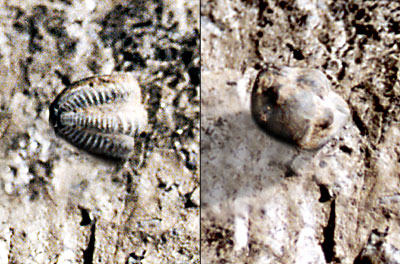
Pygidia (tail) and head of enrolled specimen
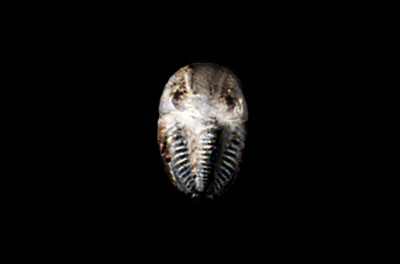
Digitally Reconstructed Complete
Kaskia chesterensis
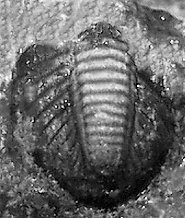
Pygidia (tail)
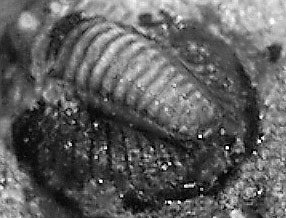
Pygidia
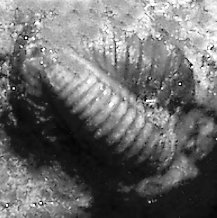
Pygidia
Brezinski, D. K. 1988. Appalachian Carboniferous trilobites. Journal
of Paleontology, 62:934-945.
Brezinski, D. K. 1999. The rise and fall of late Paleozoic trilobites of
the United States. Journal of Paleontology, 73:164-175






 WV Geological & Economic Survey
WV Geological & Economic Survey